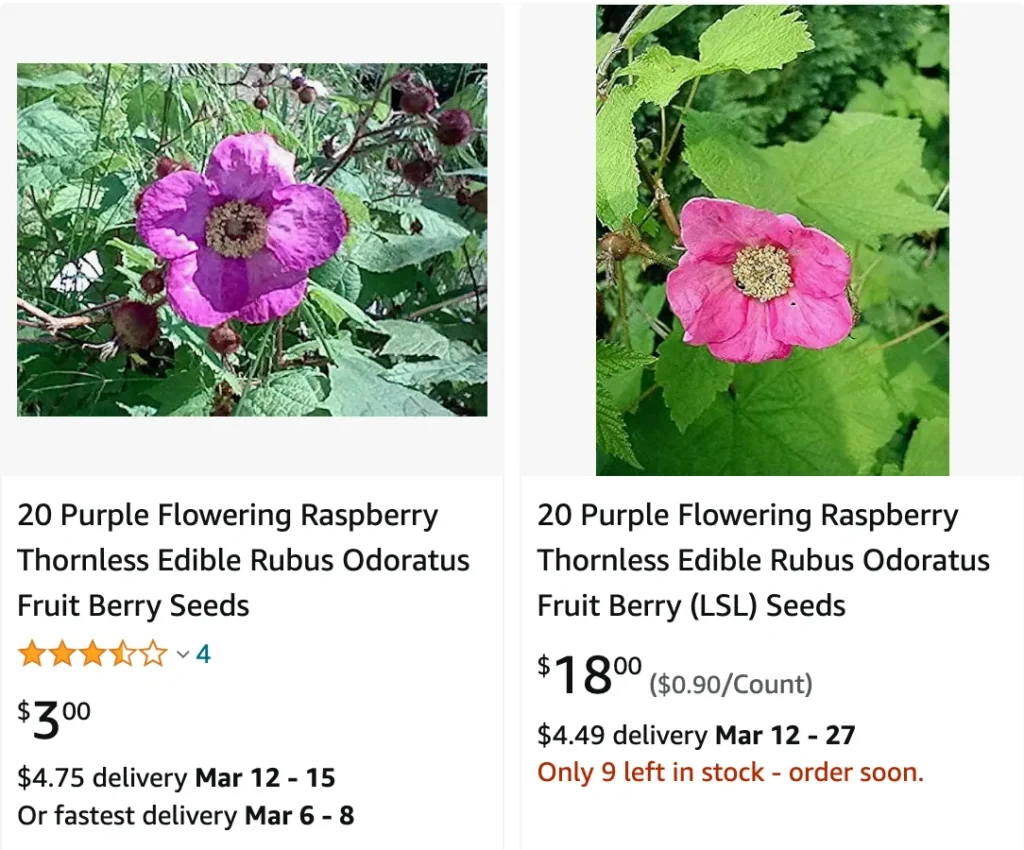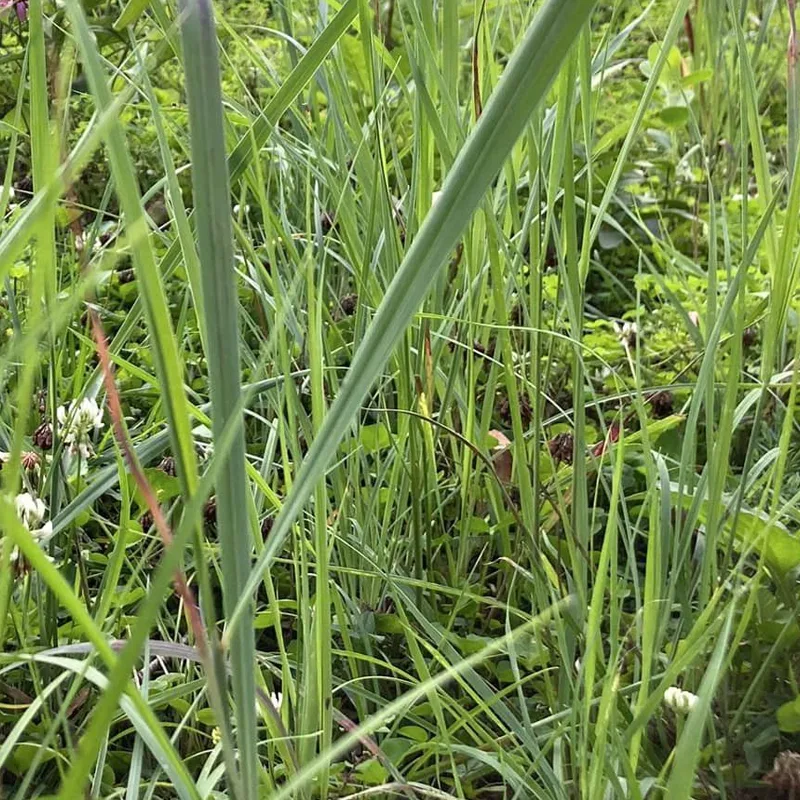
A Gardener’s Guide to the Alluring Rubus Odoratus
For years, my garden boasted a vibrant tapestry of flowers, each with its own unique charm. But something was missing – a touch of the wild, a burst of color that whispered of hidden woodlands. Then, I stumbled upon the Rubus odoratus, and my horticultural world tilted on its axis.
1556 Species in Genus Rubus
This captivating shrub, also known as the flowering raspberry or Virginia raspberry, isn’t your average garden dweller. Native to eastern North America, it brings a touch of untamed beauty with its large, rose-lavender flowers that bloom profusely in early summer. Unlike its raspberry cousins, the fruits, while edible, are a bit dry and less appealing than the visual feast the plant offers. But for me, it was the flowers that truly stole the show, attracting a symphony of pollinators – bees, butterflies, and hummingbirds – that filled my garden with life.
Rubus Odoratus vs Red Raspberry
I found Rubus odoratus to be a delightful surprise in my garden; its large, showy pink flowers and fragrant foliage made it a standout compared to the more common red raspberry, which I found a bit bland in both flavor and visual appeal.
Rubus Odoratus vs Rubus Occidentalis
When I tried growing Rubus odoratus alongside Rubus occidentalis, the difference was striking—while the latter’s berries were tangy and productive, Rubus odoratus offered a unique charm with its ornamental qualities and less tangy, more delicate berries.
Where to Find Your Rubus Odoratus?
Finding a Rubus odoratus can be a delightful treasure hunt. Local nurseries specializing in native plants are a great place to start. They often stock these gems, and the staff can provide valuable insights on acclimating them to your specific garden conditions. If your local options come up short, don’t despair! Online retailers specializing in native plants often carry Rubus odoratus, allowing you to bring this charmer straight to your doorstep.
How to Care for Rubus Odoratus?
Caring for a Rubus odoratus is surprisingly straightforward. Here’s the lowdown on creating the perfect environment for this captivating shrub to thrive:
- Light: Rubus odoratus appreciates a balance. Full sun exposure promotes abundant flowering, but afternoon shade in hot climates can be beneficial.
- Soil: Well-drained soil is key. The plant tolerates a range of soil types, from sandy to loamy, but avoid heavy clay that can restrict drainage.
- Watering: During the first growing season, consistent watering is crucial, especially during dry spells. Once established, Rubus odoratus is fairly drought-tolerant.
- Mulching: A layer of organic mulch around the base of the plant helps retain moisture, suppress weeds, and regulate soil temperature.
The Art of Pruning: Maintaining Your Rubus Odoratus
Pruning a Rubus odoratus is a simple process that keeps the plant looking its best and encourages new growth. The ideal time to prune is after fruiting, typically in late summer or early fall. Here’s a quick guide:
- Removal of dead or diseased canes: These detract from the plant’s overall health and aesthetics. Cut them back to ground level.
- Thinning: Over time, your Rubus odoratus may become congested. Prune out some of the older canes to improve air circulation and light penetration.
- Renewal: To encourage new flower production, consider cutting back some of the flowered canes by about one-third of their length.
Remember, the key to effective pruning is to be selective and avoid overdoing it.
How to Propagate Rubus Odoratus?
The beauty of Rubus odoratus is meant to be shared. Here are two methods for propagating this captivating shrub:
- Division: During the dormant season (late fall or early winter), carefully dig up a mature Rubus odoratus and divide the root crown into sections, each with a healthy stem. Replant the divisions in separate locations, following proper planting guidelines.
- Softwood Cuttings: In early summer, take softwood cuttings, around 6-8 inches long, from non-flowering new growth. Remove the lower leaves and dip the cut end in rooting hormone. Plant the cuttings in a pot filled with a well-draining potting mix and keep them moist in a partially shaded location. With proper care, roots should develop within a few weeks.
What to Plant with Rubus Odoratus?
The Rubus odoratus thrives when surrounded by complementary plants. Here are some ideas for creating a harmonious garden haven:
- Perennials: Columbines, ferns, and hostas add a touch of elegance and provide shade for the base of the plant.
- Grasses: Ornamental grasses like switchgrass or maiden grass add textural contrast and sway gracefully in the breeze.
- Native Shrubs: Consider planting other native shrubs like viburnums or dogwoods to create a layered and ecologically diverse garden.
By incorporating these tips, you can transform your garden into a haven for the captivating Rubus odoratus. This enchanting shrub will reward you with stunning blooms, a symphony of pollinators, and a touch of wild beauty that will leave you breathless.
If i die, water my plants!



